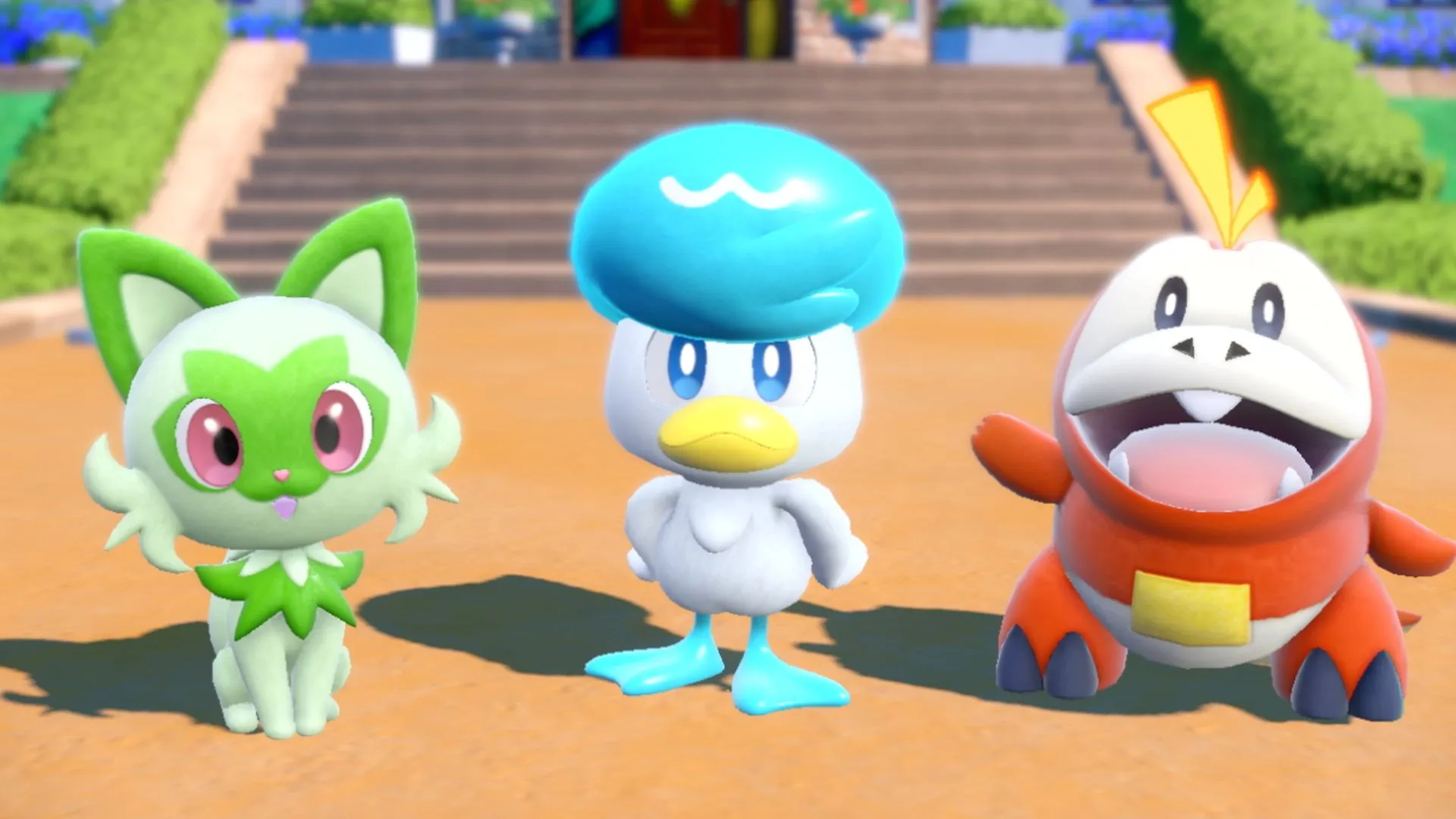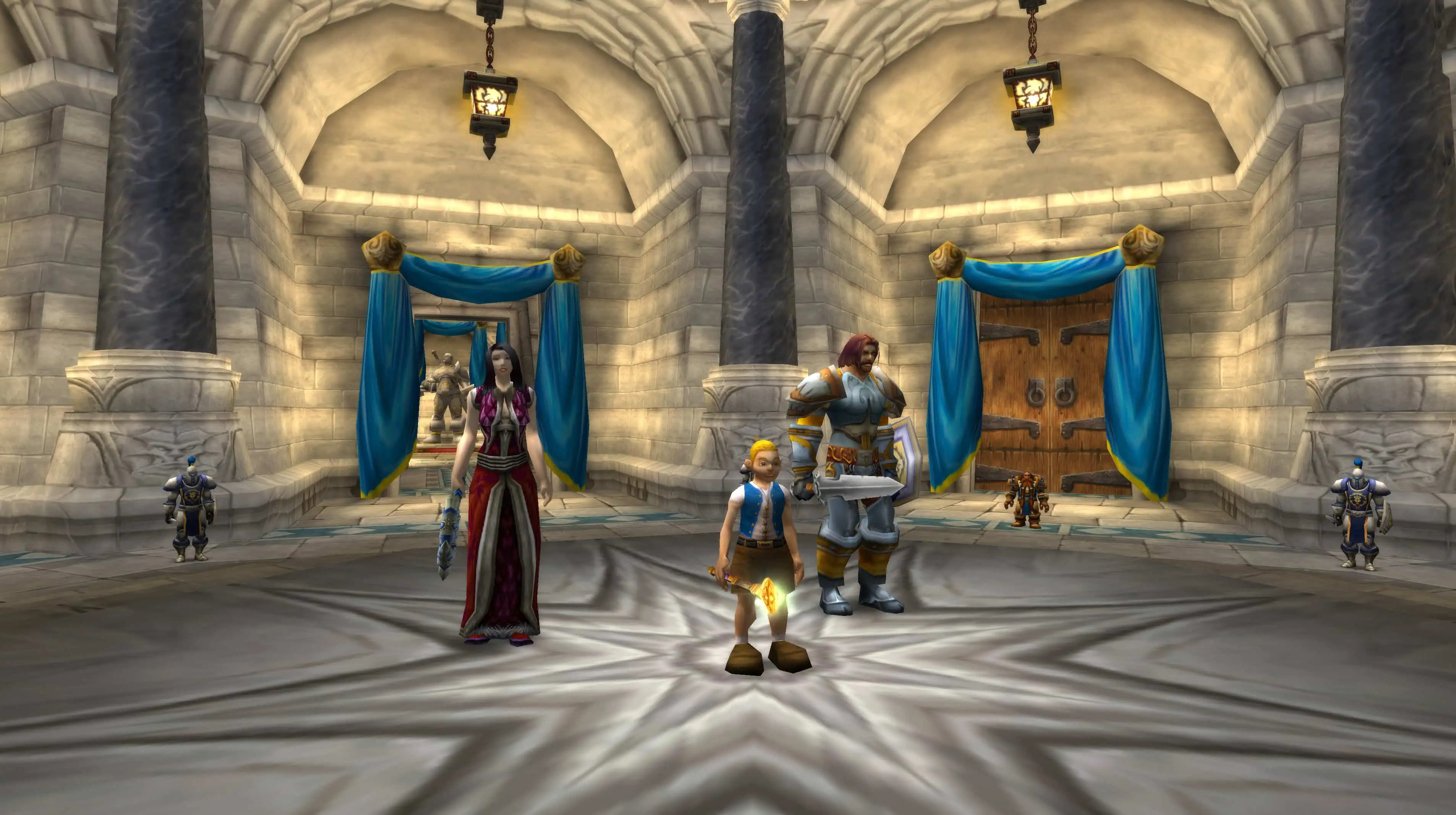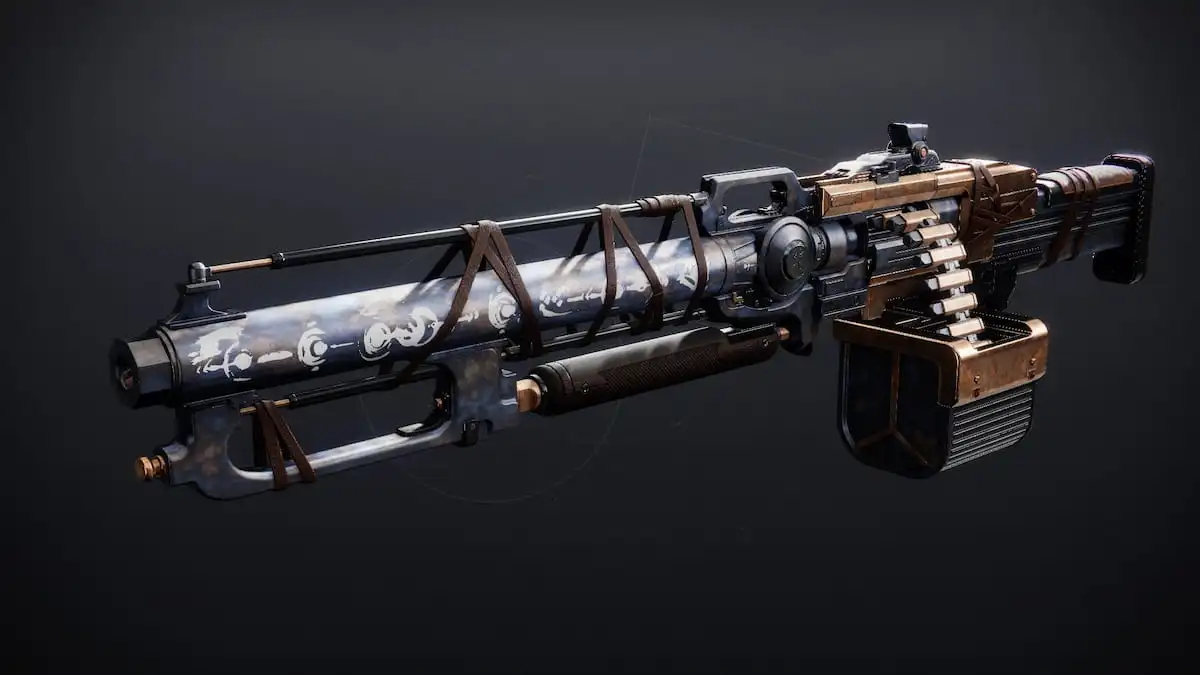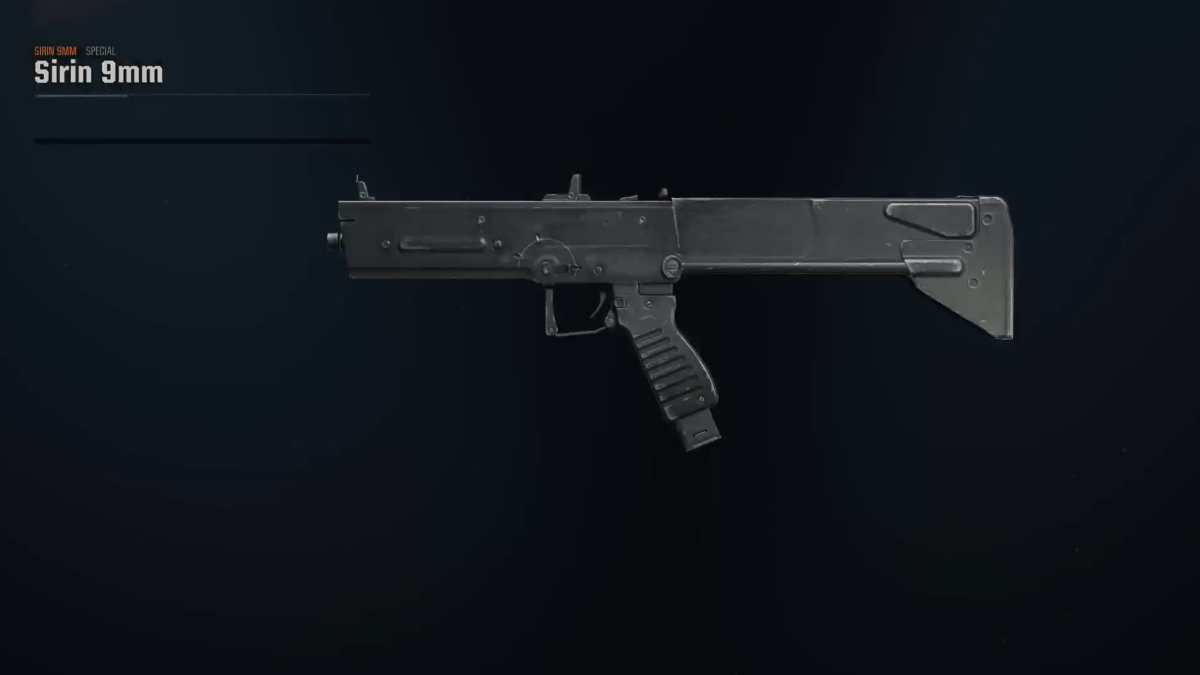While the Pokémon franchise has evolved significantly since the release of Red and Blue, the franchise will never lose its most important mechanic: type advantages. This rock-paper-scissors style of combat is responsible for much of the series’ depth and strategy, especially in competitive play.
Each Pokémon has its own type—or two—that affects the amount of damage it will deal or take when facing an opposing Pokémon. You’re put to the test when a new Pokémon game releases, but a quick refresher of each type’s weakness and effectiveness will send you back into the fight with the knowledge you need to win.
Here is our full guide on Pokémon types and how they match up with one another in battle.
Pokémon type chart: What type should you use?
Each move also has an assigned type. If a Pokémon uses a move whose type matches its own, it will receive a damage bonus. Moves that are effective against an opposing Pokémon’s type result in increased, super effective damage, while moves that aren’t very effective against the same Pokémon result in decreased damage.
How do Pokémon types work?
Many Pokémon types are based on real-world elements or concepts, and most of them function the way you’d expect. Water-type moves are super effective against Fire-type Pokémon, but Grass-type moves are super effective on Water-type Pokémon, and so on. If you use a Water-type move against a Fire-type Pokémon, the Water-type move will do double damage. On the flip side, if you use a Water-type move against a Grass-type Pokémon, it will only do half its usual damage.
Not all Pokémon types are resistant to the types they’re super effective against or vice versa. For example, Fairy-type moves only do half the damage to Fire-types because they resist them, but Fire-type moves are not super effective on Fairy-type Pokémon.
Some Pokémon have more than one type, like the Rock and Ground-type Geodude. Because both of these types are weak to Water-types, a Water-type move would deal quadruple damage to Geodude.
Occasionally, a Pokémon’s dual types will cancel out certain weaknesses. For example, the Water and Poison-type Tentacruel receives normal damage from Grass-type moves. Water-types are normally weak to Grass-type moves, but Poison-types are resistant to them, resulting in normal damage (with all other conditions, like stat changes, terrain, and other effects, being equal).
In addition, Pokémon are almost always resistant to their own type, but there are a few exceptions: Fairy-types and Normal-types, among others, are not resistant to Fairy-type moves and Normal-type moves, respectively.
Notable Pokémon matchups
Because type advantage mechanics function partially as balancing tools in Pokémon, there are a few especially helpful matchups to keep in mind that go beyond the usual halved or doubled damage.
As previously mentioned, dual-type Pokémon can be weak or resistant to the usual matchups from both of their types. If a Pokémon uses a Water-type move against Charizard, a Fire and Flying-type, Charizard will take double damage rather than quadruple since Flying-types aren’t weak to Water-type moves. Charizard would take quadruple damage from Rock-type moves, which are super effective against both Fire-types and Flying-types.
The Psychic-Dark-Ghost triangle of advantages is tricky. Psychic-type moves have no effect on Dark-type Pokémon, which were introduced in Generation II specifically to counter Generation I’s overpowered Psychic-type Pokémon. Dark-type moves are super effective on both Psychic and Ghost-types. Ghost-type moves are super effective on Psychic-types but deal only half damage to Dark-types.
Like Psychic-type moves against Dark-type Pokémon, certain move types have no effect on other types. Normal-type moves and Fighting-type moves have no effect on Ghost-type Pokémon, but Ghost-type moves also have no effect on Normal-type Pokémon. In a similar fashion, Dragon-type moves have no effect on Fairy-type Pokémon and Poison-type moves have no effect on Steel-type Pokémon.
More realistically, Electric-type moves have no effect on Ground-type Pokémon and Ground-type moves have no effect on Flying-type Pokémon. These combinations, which function as hard counters to certain types (particularly the Dragon-Fairy and Dark-Psychic interactions), prevent any one type from becoming too powerful.
Most moves are less effective against Pokémon of the same type. Electric-type Pokémon, for example, take reduced damage from Electric-type moves. A few types function the opposite way: Dragon-type moves are super effective against Dragon-type Pokémon and Ghost-type moves are super effective against Ghost-type Pokémon.
Normal-type moves are unique in that they aren’t super effective against any other type. To balance this out, Normal-types only have one weakness—Fighting-type moves—and are immune to Ghost-type moves.
We’ll keep our list of matchups updated if Game Freak reveals any new types or adjusts any interactions.
Read the full article here



























Discussion about this post